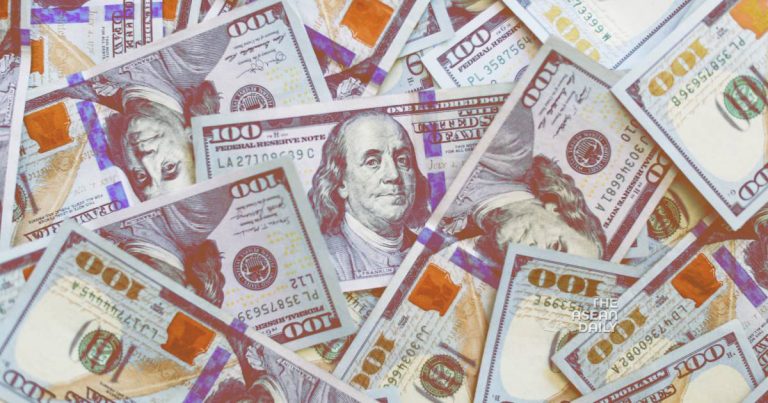16-12-2023 (NEW YORK) The U.S. dollar made significant gains, potentially due to traders overreacting to the potential cut in interest rates by the U.S. Federal Reserve.
The dollar index, which measures the strength of the greenback against six major currencies, rose by 0.58 percent to 102.5523 in late trading.
The initial excitement surrounding the possibility of the Federal Reserve loosening its grip on interest rates waned after New York Fed President John Williams poured cold water on those hopes. Williams emphasized that their primary focus remains on managing inflation and achieving the target of 2 percent before even considering a rate cut.
Early reports indicate that economic activity in the U.S. private sector continued to grow moderately in early December. According to S&P Global, the U.S. composite purchasing managers’ index (PMI) edged slightly higher to 51.0 from 50.7 in November. However, the manufacturing PMI remained in contraction territory, declining to 48.2 from 49.4, while the services PMI improved to 51.3 from 50.8.
Chris Williamson, chief business economist at S&P Global Market Intelligence, commented, “The early PMI data indicate that the U.S. economy picked up a little momentum in December, closing off the year with the fastest growth recorded since July. Despite the December upturn, the survey therefore signals only weak GDP growth in the fourth quarter.”
Meanwhile, in the eurozone, the preliminary composite PMI compiled by S&P Global for HCOB fell to 47.0 this month, disappointing expectations from a Reuters poll for a rise to 48.0. This marks the seventh consecutive month below the 50 level, indicating a contraction in the economy. Andrew Kenningham at Capital Economics noted, “The drop-back in the eurozone composite PMI in December provides more evidence that the economy is in a recession.”
During late New York trading, the euro weakened to 1.0899 U.S. dollars from 1.0991 U.S. dollars in the previous session, while the British pound fell to 1.2690 U.S. dollars from 1.2755 U.S. dollars.
The U.S. dollar strengthened against the Japanese yen, with the exchange rate rising to 142.1810 Japanese yen, up from 141.9480 Japanese yen in the previous session. Additionally, the U.S. dollar climbed to 0.8699 Swiss francs from 0.8662 Swiss francs, but it dipped to 1.3369 Canadian dollars from 1.3409 Canadian dollars. The U.S. dollar also saw gains against the Swedish kronor, reaching 10.2656 Swedish kronor from 10.2349 Swedish kronor.




